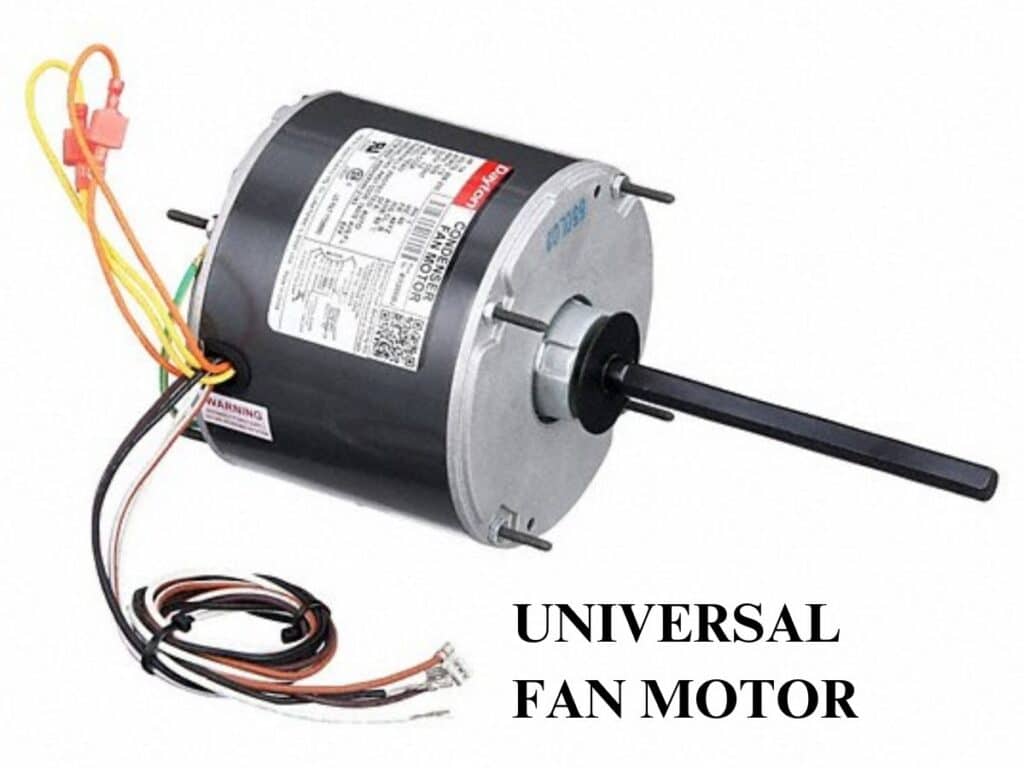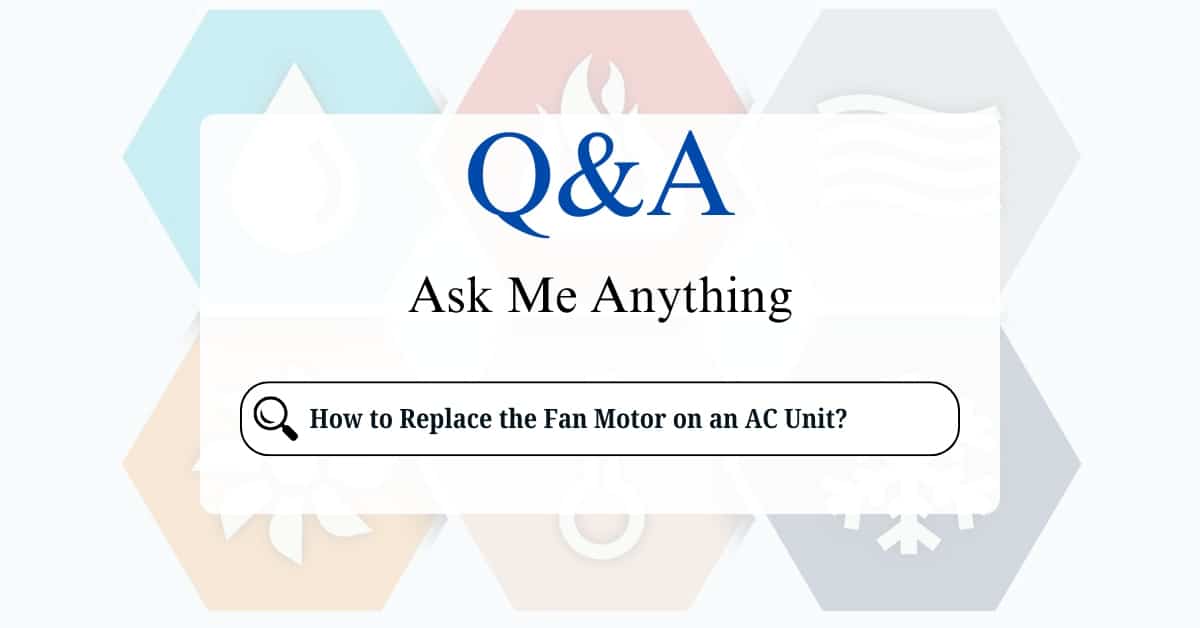Replacing the fan motor in your air conditioning (AC) unit is a complex but manageable task if you have the right tools and experience working with HVAC systems. The fan motor is critical for circulating air and cooling the condenser coils, so if it fails, your AC system won’t function properly. Here’s a step-by-step guide to replacing the fan motor.
1. Turn Off Power to the AC Unit
- Locate the circuit breaker panel and turn off the breaker for the AC unit.
- Use a voltage tester to ensure there is no electricity running to the unit before starting.
2. Access the Fan Motor
- Remove the Access Panel:
- Unscrew and remove the top access panel of the outdoor condenser unit, where the fan motor is mounted.
- Carefully lift the fan assembly and lay it on a flat surface without stressing the attached wires.
- Inspect the Wires:
- Take note of how the fan motor wires are connected to the capacitor and contactor.
- Use your phone to take pictures or label the wires for easy reconnection.
3. Disconnect the Old Fan Motor
- Disconnect Wires:
- Locate the wires connected to the capacitor and contactor.
- Use a screwdriver or pliers to disconnect the wires.
- Remove the Motor:
- Unscrew the fan blades from the motor shaft using an Allen wrench or screwdriver.
- Remove the mounting screws or bolts holding the motor in place.
- Carefully pull out the old motor.
4. Select the Replacement Motor
- Match the specifications of the new motor to the old one. Check:
- Voltage (e.g., 230V or 115V).
- RPM (rotations per minute).
- Horsepower (HP) rating.
- Shaft size and mounting style.
- Purchase a compatible replacement motor from an HVAC supplier or hardware store.
You can usually purchase a universal fan motor from a local HVAC supply store. Before buying a fan puller, check if the fan blade can be easily removed from the old motor shaft by loosening the set screw.

5. Install the New Fan Motor
- Mount the Motor:
- Position the new motor on the fan assembly and secure it with the mounting screws or bolts.
- Reattach the fan blades to the motor shaft, ensuring they are tight and correctly aligned.
- Reconnect Wires:
- Connect the wires from the new motor to the AC capacitor and contactor, following your notes, photos, or the wiring diagram.
- Use wire connectors or terminals to secure the connections.
6. Test the Motor
- Reattach the access panel to the condenser unit.
- Turn the power back on at the circuit breaker.
- Set the thermostat to “Cool” mode and observe the fan motor to ensure it runs smoothly.
If you lack the experience and skills to service HVAC systems, it’s best to hire a certified HVAC technician to replace a condenser fan motor. Some condenser fans are easy to access and can be replaced by removing the top grate, unscrewing the retaining hardware, unplugging the motor’s electrical connection, and installing a matching replacement using the same steps in reverse. However, other units may require extensive disassembly and refrigerant handling, which should only be done by a certified technician.
Tools You’ll Need
- Screwdriver set (flathead and Phillips).
- Allen wrench or hex key.
- Pliers or wire strippers.
- Voltage tester or multimeter.
- Replacement fan motor and capacitor (if necessary).
Signs Your Fan Motor Needs Replacement
- The fan blades do not spin, even when the system is running.
- The motor makes grinding, humming, or screeching noises.
- The system overheats or shuts down prematurely.
When to Call a Professional
- If you’re uncomfortable working with electrical components.
- If the motor replacement doesn’t resolve the issue.
- For advanced problems like refrigerant leaks or compressor damage.
Preventing Fan Motor Failure
- Schedule regular maintenance to keep the fan and motor clean.
- Lubricate motor bearings (if applicable) during annual HVAC servicing.
- Replace air filters regularly to prevent airflow restrictions.
By following these steps, you can replace a faulty fan motor and restore your AC unit’s functionality. If you’re uncertain about any step, contact an HVAC professional to ensure the repair is done safely and effectively.






